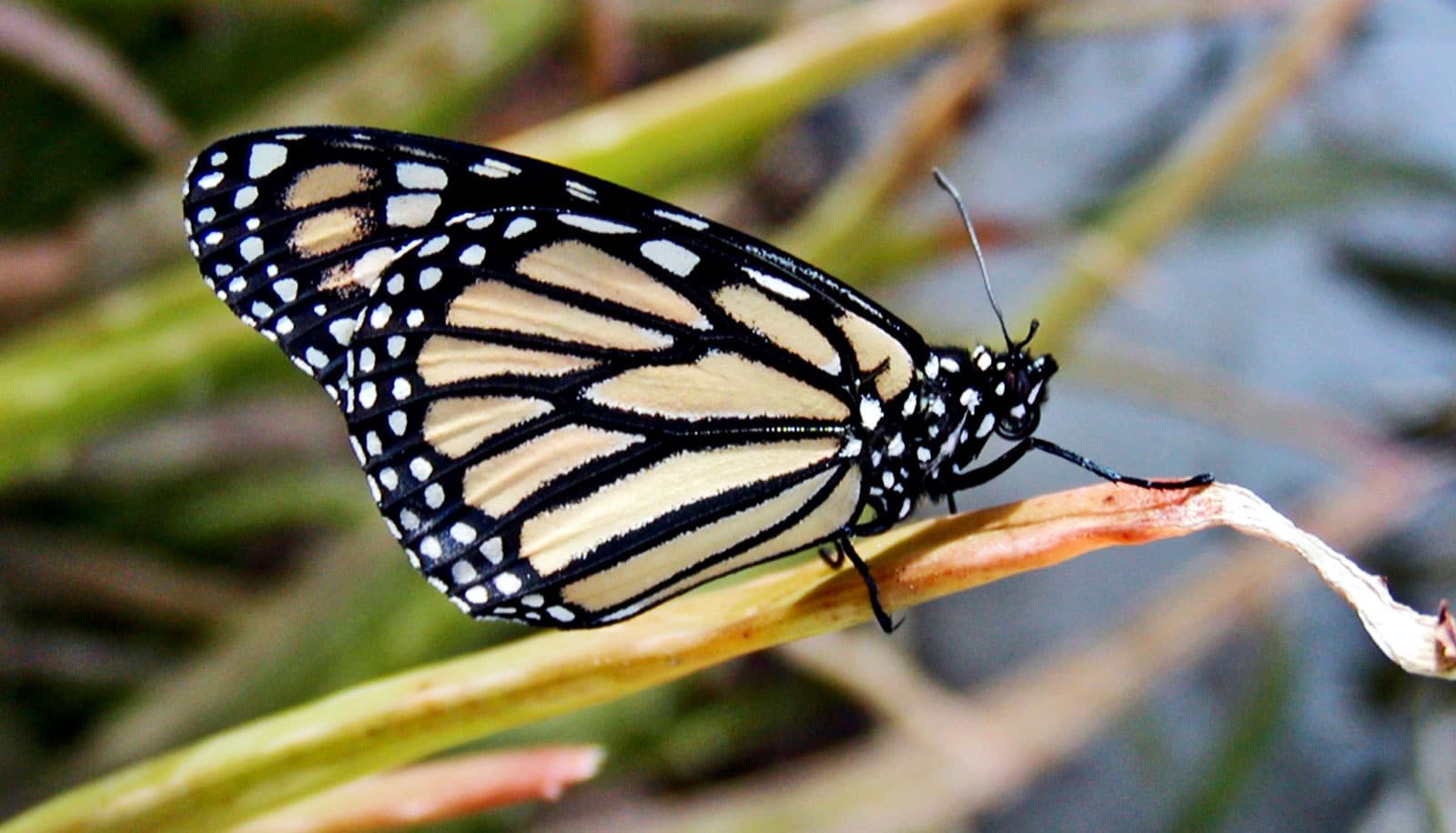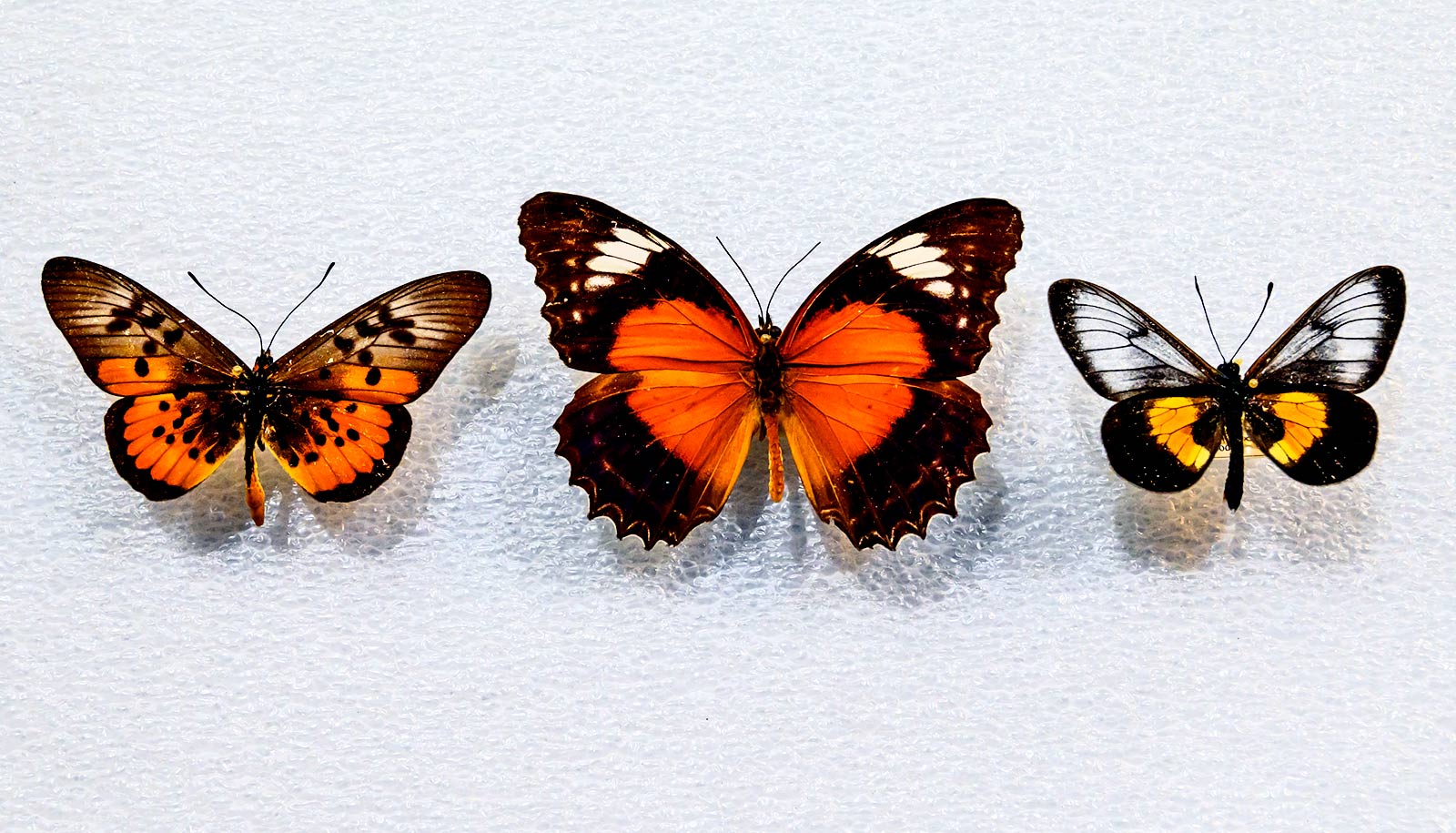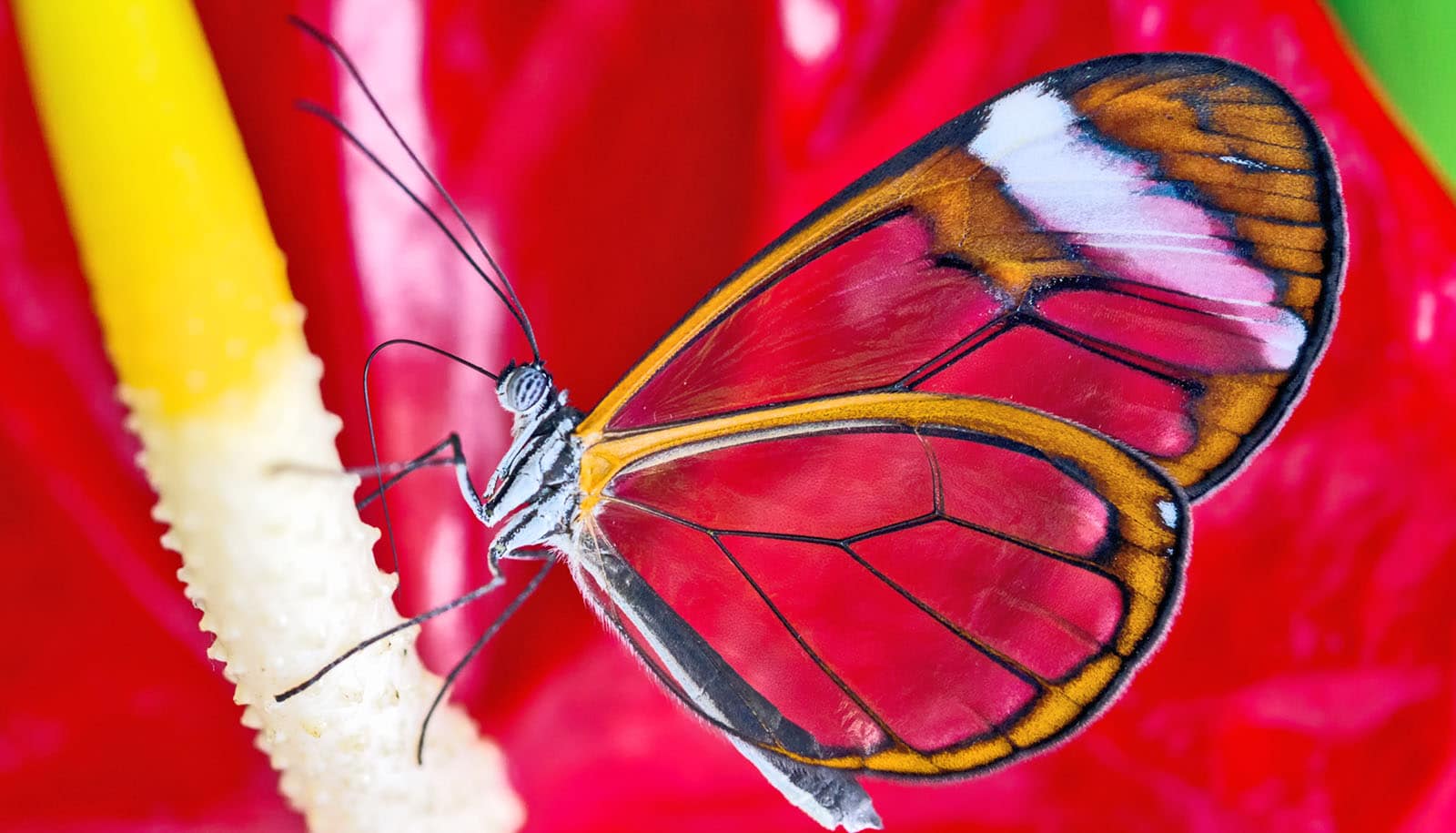Insecticide use is the single largest factor contributing to a decline in total butterfly abundance and species diversity in the Midwest United States, according to a new study.
“What drives butterfly decline is a hard nut to crack, due to rapid changes in chemical and genetic technologies alongside changes in climate and butterfly habitat,” says coauthor Scott Swinton, a professor in the agricultural, food, and resource economics (AFRE) department.
“Our team was able to link 17 years of farm-level data on crops and inputs with detailed county-level data on butterfly abundance by species. This research is the first to evaluate the long-term effects on butterflies of herbicides, sprayed insecticides, and systemic insecticides, while controlling for climate and land use change.”
While habitat loss, climate change, and pesticides have all been implicated as potential causes for the declining insect abundances observed globally, this work was the first comprehensive long-term study to evaluate their relative effects.
Using 17 years of land use, climate, multiple classes of pesticides, and butterfly survey data across 81 counties in five states, they found that shifts in insecticide use towards neonicotinoid-treated seeds are associated with an 8% decline in butterfly species diversity across the American Midwest.
These findings include the decline of the migratory monarch butterfly, which has been a prominent concern. Specifically, the researchers note that insecticides rather than herbicides are the strongest pesticide factor associated with monarch declines.
This research is particularly important as butterflies play an essential role in pollination and serve as key markers of environmental health. Understanding the primary factors contributing to their decline will help researchers working to protect these species, benefiting our environment and the sustainability of food systems.
“As the best-known insect group, butterflies are key indicators of broader insect decline, and the implications of our findings for conservation will extend to the entire insect world,” says Nick Haddad, from the WK Kellogg Biological Station and the integrative biology department.
The paper notes the complexity of these many contributing factors and how difficult they can be to separate and measure in field. The study calls for more publicly available, reliable, comprehensive, and consistently reported pesticide use data, particularly for neonicotinoid seed treatments, to fully understand the drivers of butterfly decline.
The study appears in the journal PLOS ONE.
Additional coauthors are from Michigan State, the Washington State Department of Fish & Wildlife, Iowa State University, and Georgetown University.
Source: Michigan State



